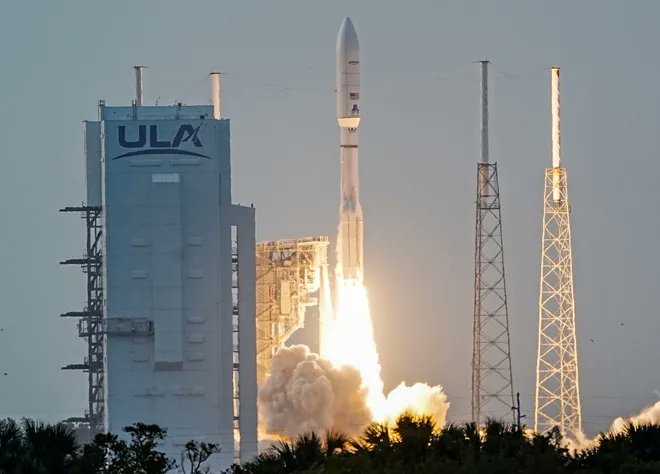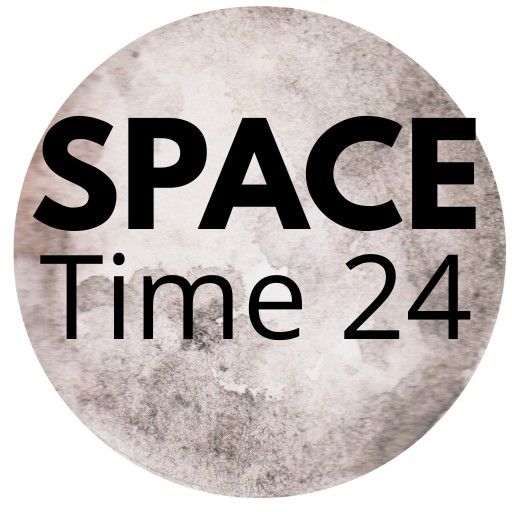Amazon’s Project Kuiper prepares for a critical June 16 Kuiper Satellite launch aboard ULA’s Atlas V, expanding its constellation in the battle to rival SpaceX’s Starlink. Here’s what you need to know.

Amazon’s Kuiper satellite launch scheduled for June 16, 2025
In a strategic push to compete with SpaceX’s Starlink, Amazon is set to launch the second batch of satellites for its Project Kuiper broadband constellation on June 16, 2025. This mission, dubbed KA‑02, will carry 27 satellites into low Earth orbit (LEO) aboard a United Launch Alliance (ULA) Atlas V rocket, lifting off from Cape Canaveral Space Force Station in Florida.
The launch is scheduled for 5:25 PM UTC (10:55 PM IST) and will mark a crucial milestone as Amazon works to meet regulatory and technical deadlines.
What Is Project Kuiper
Project Kuiper is Amazon’s satellite-based broadband internet initiative. Its goal is to provide high-speed, low-latency internet to underserved and remote areas globally. The full constellation will eventually include over 3,200 satellites, with at least 1,600 required to be in orbit by July 2026 to meet Federal Communications Commission (FCC) conditions.
Details of the June 16 Launch
-
- Mission Name: KA‑02 (Kuiper Alpha 2)
-
- Number of Satellites: 27
-
- Launch Vehicle: ULA Atlas V 551
-
- Orbit: Initial deployment ~450 km, phased up to ~630 km
-
- Location: Space Launch Complex-41, Cape Canaveral
-
- Launch Time: 5:25 PM UTC (10:55 PM IST)
The satellites will be deployed in stages and checked by Amazon’s ground control in Redmond, Washington, before being integrated into the operational network.
Why This Launch Matters
This launch builds on the success of the KA‑01 mission, which occurred on April 28, 2025. It demonstrated Amazon’s readiness to transition from development to large-scale deployment. With production accelerating to one satellite per day, and eventually targeting five per day, Amazon is laying the groundwork for a full operational network.
The upcoming mission helps maintain Amazon’s trajectory to deliver initial internet services by late 2025, particularly in remote regions of the Americas, Europe, and Asia.
Competitive Landscape: Kuiper vs. Starlink
Amazon’s Kuiper directly challenges SpaceX’s Starlink, which currently leads the satellite internet space with over 7,000 operational satellites and millions of active users globally. While Starlink has a considerable head start, Kuiper is entering the market with Amazon’s robust cloud, retail, and logistics infrastructure to back it.
Notably, Amazon plans to bundle Kuiper internet with AWS cloud services, offering an edge in enterprise and government contracts. In addition, Kuiper terminals will be designed for affordability and ease of use—key advantages in developing markets.
Broader Implications
The expansion of satellite internet constellations is reshaping global connectivity. Kuiper’s progress represents more than just a business race—it’s part of a broader effort to close the global digital divide. If successful, Amazon could provide affordable internet access to regions where traditional broadband infrastructure has failed.
However, it also raises questions about space traffic management, orbital debris, and regulatory oversight, which agencies like the FCC and ITU are actively monitoring.
What Happens After the June 16 Launch?
Once the 27 satellites are deployed:
They will undergo testing over several weeks.
Positional phasing will bring them into operational orbit (~630 km).
Services may begin pilot testing by Q4 2025.
With multiple launches scheduled in the second half of 2025, Amazon is poised to offer its first commercial Kuiper services before the end of the year.
Final Thoughts
The June 16 launch is more than another satellite mission. It signals Amazon’s serious entry into the satellite internet market, backed by logistics strength, cloud dominance, and a multi-billion-dollar vision to compete with Starlink. As more Kuiper satellites populate orbit, the global connectivity landscape is set to change—potentially forever.FAQs: Kuiper Satellite Launch and Amazon’s Internet Mission
Q1. What is Project Kuiper?
Project Kuiper is Amazon’s satellite internet initiative designed to provide fast, affordable broadband access to underserved and remote areas across the globe. It will use a constellation of over 3,200 satellites in low Earth orbit.
Q2. When is the next Kuiper satellite launch?
The next Kuiper satellite launch, known as KA-02, is scheduled for June 16, 2025. It will deploy 27 satellites aboard a ULA Atlas V rocket from Cape Canaveral, Florida.
Q3. How many satellites has Amazon launched so far?
Following the June 16 mission, Amazon will have launched a total of 54 Kuiper satellites, adding to the 27 deployed during the successful April 28, 2025 launch.
Q4. What is the goal of the June 16 Kuiper satellite launch?
The mission aims to expand Amazon’s early satellite broadband network, enabling the company to meet FCC requirements and begin service rollout by late 2025.
Q5. How does Kuiper compare to SpaceX’s Starlink?
While Starlink already has over 7,000 satellites in orbit, Kuiper is in early deployment. However, Amazon is leveraging its cloud (AWS), global logistics, and retail networks to offer competitive internet services worldwide.
Q6. What is the long-term plan for Kuiper satellites?
Amazon plans to deploy over 3,200 satellites by the end of the decade, with at least 1,600 launched by July 2026 to comply with FCC license terms.
Q7. Who is launching the Kuiper satellites?
Amazon has partnered with multiple launch providers including United Launch Alliance (ULA), Arianespace, Blue Origin, and SpaceX to ensure rapid and scalable deployment.
Q8. When will Kuiper internet services become available?
Initial pilot services are expected to begin by late 2025, with broader availability rolling out in phases through 2026.
Q9. Will Kuiper internet be available worldwide?
Yes, Amazon plans to offer Kuiper internet globally, with a focus on rural and underserved areas where traditional internet infrastructure is lacking.
Q10. What kind of equipment will users need for Kuiper internet?
Amazon is developing compact, low-cost user terminals that can be easily installed to connect homes, schools, and businesses to the satellite internet service.
You May Also Like This
https://spacetime24.com/china-launched-zhangheng-1-02-satellite-but-why/

3 thoughts on “SpaceX’s Big Competitor Makes Entry-Amazon’s Kuiper Satellite Launch on June 16: A Major Step in the Race Against Starlink”